Introduction
Requirement analysis is one of the most critical stages in the software development lifecycle (SDLC). Often considered the bridge between stakeholders and developers, this process ensures that what is being built aligns with business needs and user expectations. But requirement analysis isn’t a one-size-fits-all activity — there are multiple approaches that a business analyst or a project team might employ, depending on the context, complexity, and goals of the project.
In this blog post, we’ll explore three major approaches to requirement analysis: Structured Analysis, Object-Oriented Analysis, and Agile Analysis. Each method has its philosophy, techniques, and use cases. Understanding their differences, strengths, and limitations can help business analysts and project managers choose the best-fit model for their projects.
In this blog, we’ll explore three critical approaches to requirement analysis, how they align with software quality assurance training, and why they are pivotal in QA software training. By the end, you’ll gain insights into their real-world applications and how QA Testing Online Training at H2K Infosys can help you master them.
What Is Requirement Analysis?
Requirement analysis is the process of understanding, documenting, and validating user and business requirements. It involves identifying potential gaps, ambiguities, and inconsistencies to ensure that the project starts on a solid foundation.
Key objectives of requirement analysis include:
The business analyst gathers the project information or business Requirement Analysis from the client and shares them with the IT team. A detailed analysis of the requirements is provided by the business analyst using different approaches listed below:
- State and project concepts
- Data flow diagrams
- Entity relationship diagrams
The approaches for requirements analysis are explained in detail as below:
State VS project
State will be given by the system which suggests that the system is operating at some specified condition. This condition is given by the system which has existent in one of the several states of the operation.
Data flow diagrams(DFD)
These are referred to as the data flow graphs or bubble charts, Data flow diagrams and State Chart Diagrams will depute the flow of the data through the sequence of processing steps or the transformation in the system. These are used in the problem analysis and also document a software design. This will assist the potential system users to participate in validating the analysis.
Basic notations which are used to represent DFD is been shown:
- bubbles or circle or semi rounds rectangle which indicate process transformer of the data.
- Arrow which indicates annotated with data name
- Producer or the consumer of information data which reside
- Outside the bounds of the system.
- Rectangles which represents the data source or data store which will be used by one or more processes
DFD construction will be initiated by identifying the major inputs and output to the system which have to be modeled and also major transformation. It will be identified along with the path from the inputs towards the output.
Flow chart VS DFD
Flow chart emphasis: data flow diagram-> emphasis-> flow of data
The flow of control DFD- need not represent procedural information
Data dictionary
Whenever the flow model in terms of DFD is defined, there could be many named entities and relationships, etc. Names will be chosen which should be unique and they should convey precise meaning.
In the data dictionary we will find:
- List of names
- Structure of each data flow in the DFD
- Components in the structure of data flow
- Structure of the files which is shown in the DFD.
Advantages:
Data Dictionaries are used to manage mainly large software systems which are to be modeled. There will be many people involved at different levels name clashes can be resolved
It works as storage for maintaining organizational records systematically.
To conclude all names, types, and attributes must be entered in the dictionary.
ER diagrams:
Entity-Relationship models are mostly used by database professionals to represent logical structures. They also are used as a tool for analyzing the software system. The initial table for the table will determine by converting the E-R model to the tables since each entity in an E-R diagram will represent the table and also a relationship that suggests different attribute fields in the table.
A logical database will be designed which will carry out with the E-R model which represents it using E-R diagrams.
E-R model is the high-level conceptual data which is developed by PPS Chen in the year 1976 which is used to represent real-world objects. It is called entities and relationships.
These components will represent the overall logical structure of a given database application.
E-R diagram convention for the attribute types:
- Attributes will be displayed as ovals or eclipse with the attribute name which encloses in it which are connected to the relevant entity by the straight line.
- Entity name appears in upper case in a rectangle box whereas attribute name which is written in lower case in an oval.
- Derived attribute which is shown in the dotted line oval
- Multivalued attribute will be displayed in double line oval
- In case of composite attribute its components attributes which are displayed as ovals stems out from the composite attributes.
Conclusion
Mastering requirement analysis is essential for QA professionals to ensure high-quality software delivery. Through structured approaches like functional decomposition, use case modeling, and prioritization, you can elevate your software testing skills and drive better outcomes.
Ready to enhance your QA expertise? Enroll in H2K Infosys’ QA Testing Online Training Course today and gain hands-on experience with real-world projects and expert mentorship. Start your journey toward becoming a skilled QA professional!
Questions
- What is DFD? Explain
- What are advantages of data dictionary?
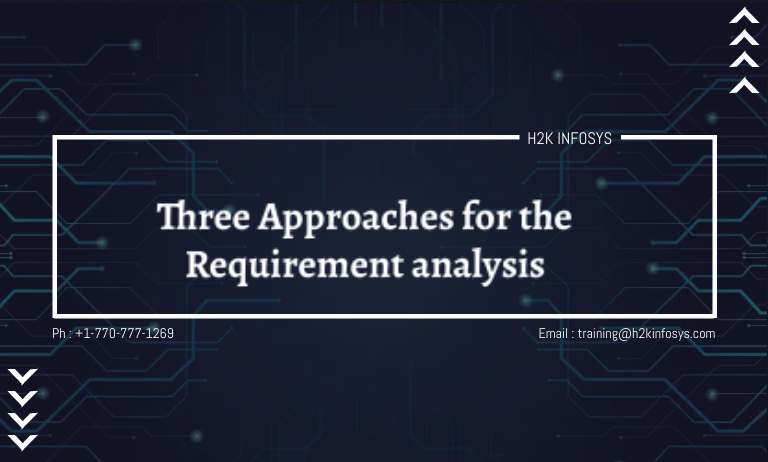
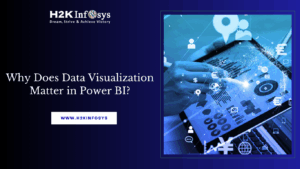


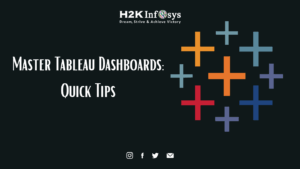
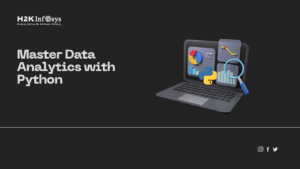
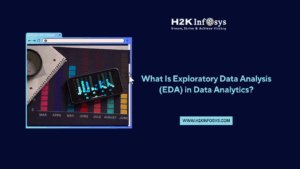










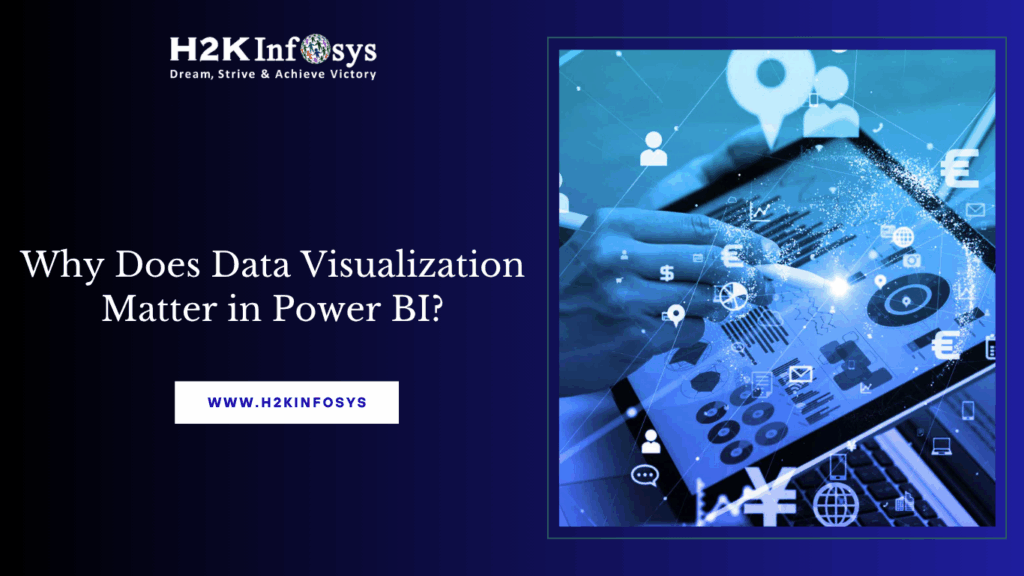


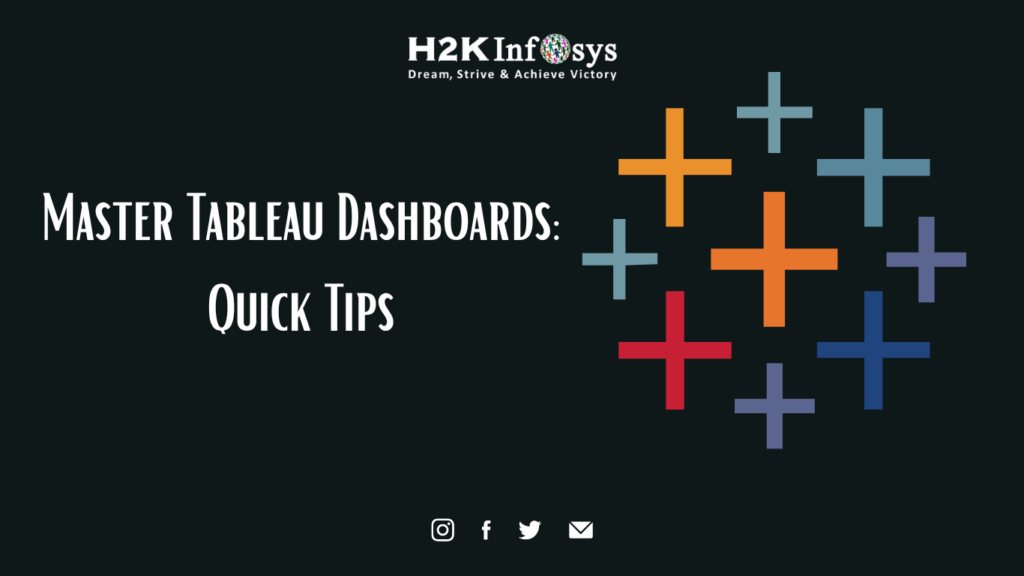
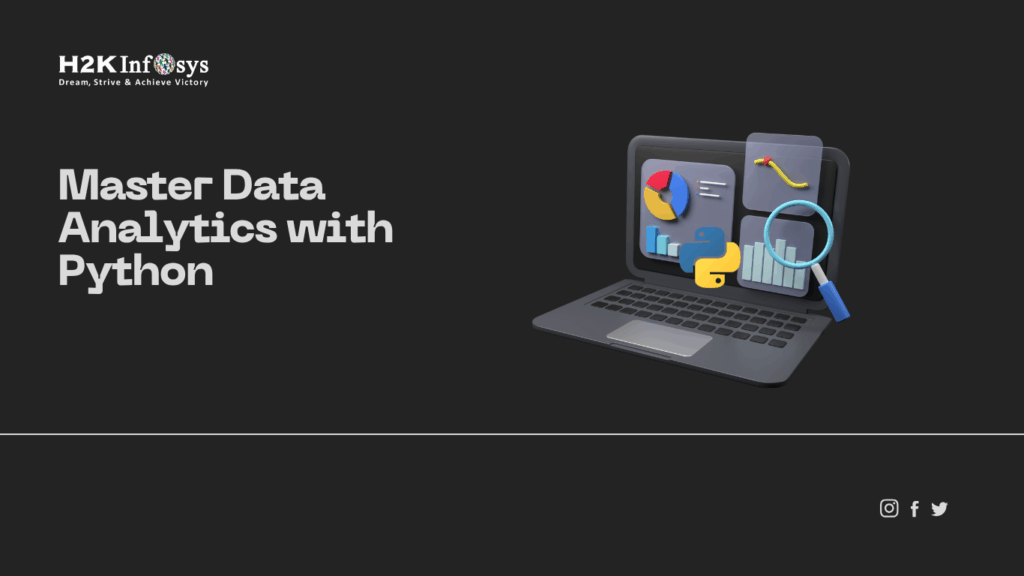
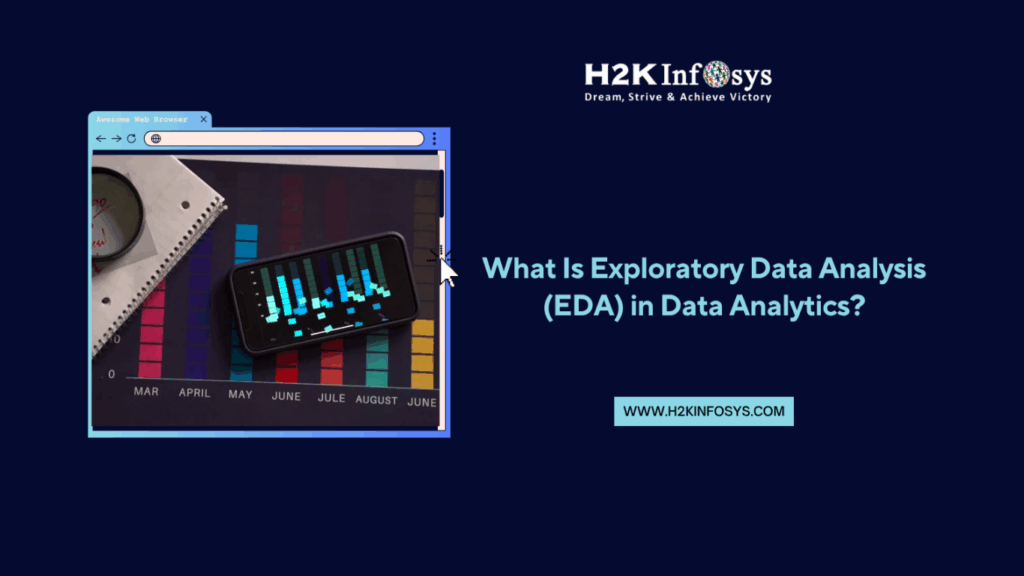
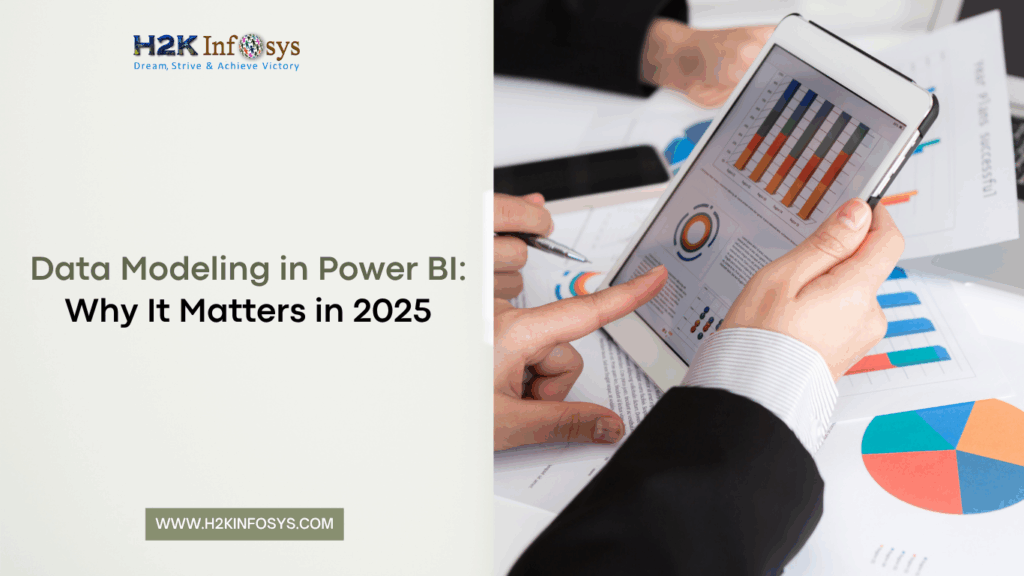
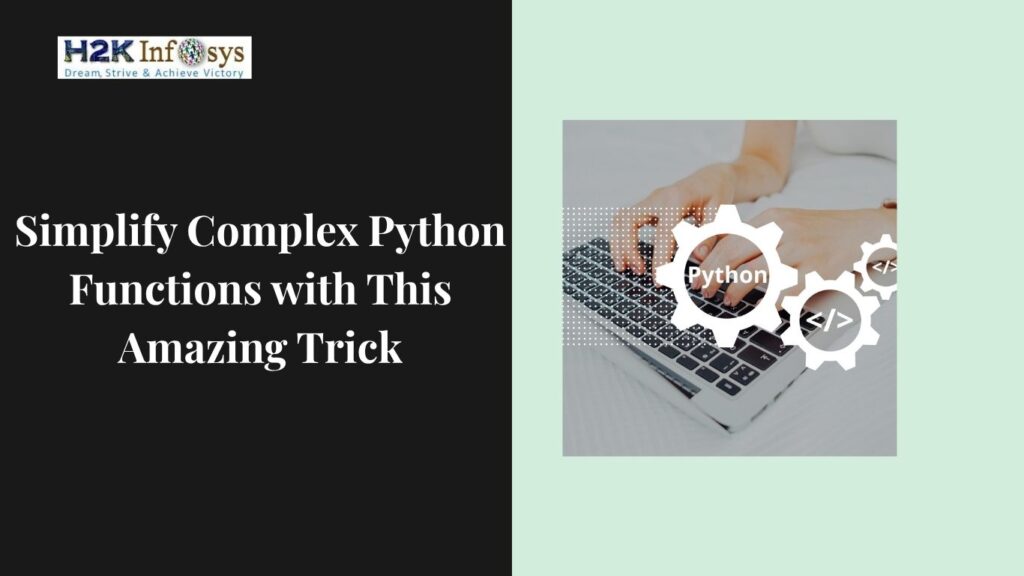



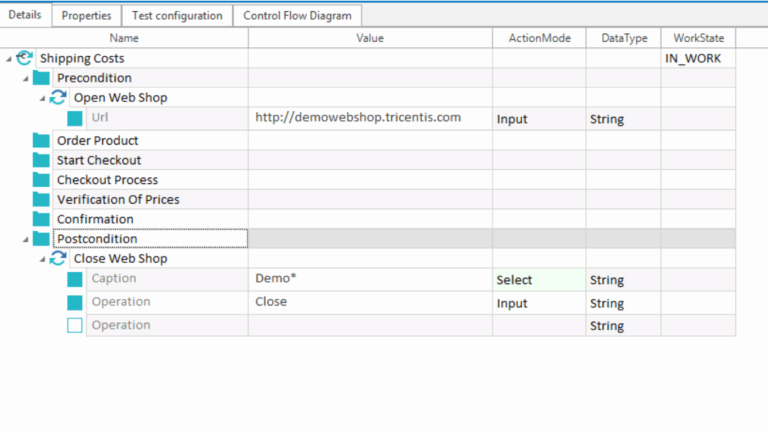

7 Responses
Three Approaches for the Requirement analysis: In this phase, BA gathers the project information or business requirements from the client and shares them with the IT team. There are three different approaches listed below:
1. State and project concepts: State will be given by the system which suggests that the system is operating at some specified condition. This condition is given by the system which has existent in one of the several states of the operation.
2. Data flow diagrams: Data flow diagrams show how data is processed by a system in terms of inputs and outputs. Components of data flow diagram include.
3. Entity-relationship diagrams: An entity-relationship diagram (ERD) shows the relationships of entity sets stored in a database. By defining the entities, their attributes, and showing the relationships between them, an ER diagram illustrates the logical structure of databases.ER diagrams are used to sketch out the design of a database.
What is DFD? Explain
the data flow graphs or bubble charts, DFD will depute the flow of the data through the sequence of processing steps or the transformation in the system. These are used in the problem analysis and document a software design. This will assist the potential system users to participate in validating the analysis.
What are advantages of data dictionary?
Data Dictionaries are used to manage mainly large software systems which are to be modeled. There will be many people involved at different levels name clashes can be resolved.
It works as storage for maintaining organizational records systematically.
To conclude all names, types, attributes must be entered in the dictionary
DFD: A data flow diagram () maps out the flow of information for any process or system. It uses defined symbols like rectangles, circles and arrows, plus short text labels, to show data inputs, outputs, storage points and the routes between each destination. DFD construction will be initiated by identifying the major inputs and output to the system which have to be modeled and also major transformation. It will be identified along with the path from the inputs towards the output.
Advantages of data dictionary:
A data dictionary promotes clearer understanding of data elements; helps users find information; promotes more efficient use and reuse of information; and promotes better data management.
By adopting a data dictionary, organizations can improve the reliability, dependability, and trustworthiness of data use.
An established data dictionary can provide organizations and enterprises many benefits, including:
Improved data quality
Improved trust in data integrity
Improved documentation and control
Reduced data redundancy
Reuse of data
Consistency in data use
Easier data analysis
Improved decision making based on better data
Simpler programming
Enforcement of standards
Data flow diagrams : These are also called bubble charts, DFD deputes the flow of the data through the sequence of processing steps or the transformation in the system. These are used in the problem analysis and documenting a software design. These diagrams will help the potential system users to participate in validating the analysis the information. The 4 basic notations used in DFD’s are : Entity, process, data store and data flow.
Advantages of Data Dictionary : It is used to store the names and structures of the DFDs. It also includes the components of the structure. The main advantage of having a Data Dictionaries is that it manages large software systems which are to be modeled. Many people involved at different levels name clashes can be resolved. It works as storage for maintaining organizational records systematically.
The business analyst gathers the project information or business requirements from the client and shares them with the IT team. A detailed analysis of the requirements is provided by the business analyst using different approaches listed below:
State and project concepts
Data flow diagrams
Entity relationship diagramsData flow diagrams(DFD)
These are referred to as the data flow graphs or bubble charts, DFD will depute the flow of the data through the sequence of processing steps or the transformation in the system. These are used in the problem analysis and also document a software design. This will assist the potential system users to participate in validating the analysis.
Basic notations which are used to represent DFD is been shown:
bubbles or circle or semi rounds rectangle which indicate process transformer of the data.
Arrow which indicates annotated with data name
Producer or the consumer of information data which reside
Outside the bounds of the system.
Rectangles which represents the data source or data store which will be used by one or more processes
The business analyst gathers the project information or business requirements from the client and shares them with the IT team. A detailed analysis of the requirements is provided by the business analyst using different approaches
DFD – Data Flow Diagram (DFD) is a traditional visual representation of the information flows within a system using data flow graphs or bubble charts. They show the the flow of the data through the sequence of processing steps or the transformation in the system. These are used in the problem analysis and also document a software design.
Advantages of Data Dictionary – It works as storage for maintaining organizational records systematically, mainly used to manage large software systems which are to be modeled.
These are referred to as the data flow graphs or bubble charts, DFD will depute the flow of the data through the sequence of processing steps or the transformation in the system. These are used in the problem analysis and also document a software design. This will assist the potential system users to participate in validating the analysis.
Basic notations which are used to represent DFD is been shown:
bubbles or circle or semi rounds rectangle which indicate process transformer of the data.
Arrow which indicates annotated with data name
Producer or the consumer of information data which reside
Outside the bounds of the system.
Rectangles which represents the data source or data store which will be used by one or more processes
DFD construction will be initiated by identifying the major inputs and output to the system which have to be modeled and also major transformation. It will be identified along with the path from the inputs towards the output.
Data Dictionaries are used to manage mainly large software systems which are to be modeled. There will be many people involved at different levels name clashes can be resolved
It works as storage for maintaining organizational records systematically.
To conclude all names, types, attributes must be entered in the dictionary.